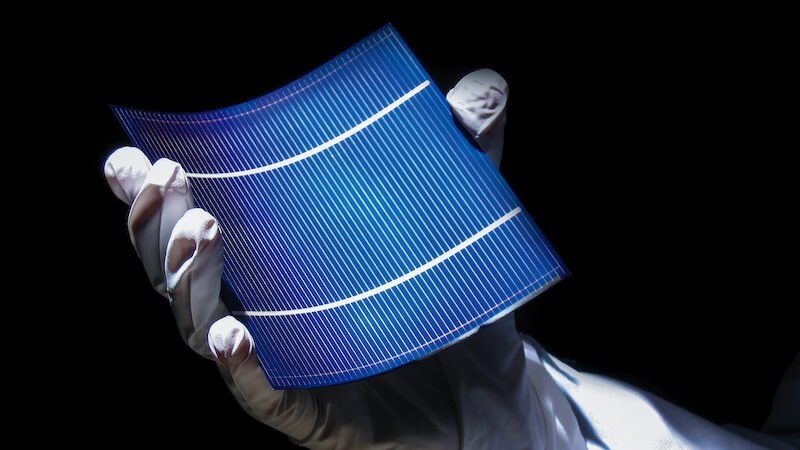Researchers have recently succeeded in producing stable clothing with integrated solar cells. The background to this is an extremely flexible and waterproof photovoltaic film.
More and more companies and institutes around the world are researching even better solar cells. One example is the RIKEN Center for Emergent Matter Science, which recently made further progress in the development of wearable solar technology.
A team from the institute developed a flexible, waterproof organic photovoltaic film. Among other things, this should be able to be integrated directly into any item of clothing. The advantage: the technology remains fully functional even after contact with water and mechanical stress.
Developed clothing with solar cells shows high durability
The system could significantly advance the development of solar-powered wearable devices. The researchers used a new method to integrate solar cells into textiles. It enables the cells to be woven in without compromising the flexibility of the films by adding additional waterproof layers. This has been one of the biggest challenges in this field to date.
In their research work, the scientists describe how they applied an anode directly to the active layers. This led to better adhesion between the layers. The team rounded off the process with a thermal annealing process. In this process, a system exposes the film to a temperature of 85 degrees Celsius for 24 hours. This increases the durability and functionality of the interwoven solar cells.
Even a wash cycle does not affect the solar cells
Several tests have proven the performance of the films under extreme conditions. Even after four hours in water, they retained around 89 percent of their original performance. Even after the cells were stretched by 30 percent 300 times under water, they still achieved 96 percent of their output.
And even a washing machine cycle could not harm the film, which proves the suitability of the technology for everyday use. The textiles equipped with solar cells have the potential to charge mobile devices, for example. The researchers are currently planning to further develop their ultra-thin organic solar cells so that they can be used in everyday portable devices in the near future.










